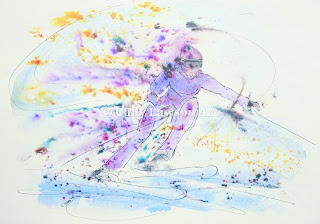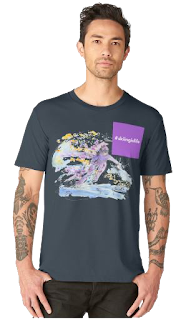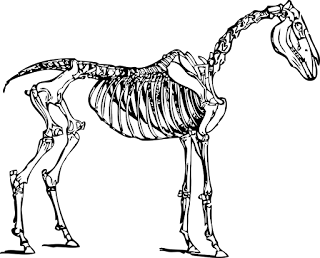Creating Artworks for Christmas cards

This was the handout from a workshop I ran recently on Christmas cards. I thought some of you may find it useful :- Christmas Card Designs in Watercolour Christmas is a great time of year to be more adventurous with your artworks and use your imagination. It is good to get away from relying too much on reference photos and think about creating your own compositions and designs. We all know that Reindeer can't fly, so reference photos of flying reindeer may be hard to come by! We therefore need to gather reference photos and ideas from varies sources to bring together for our chosen themes. It's a good idea to start by looking in the shops to see what is in fashion for the year. If you have the time, it is nice to make “one off” cards on watercolour paper for those closest to you. You can buy watercolour blank greetings cards. However you may find it more cost effective to make your own. Using a ruler and scissors or a guillotine, cut your paper to the size o












